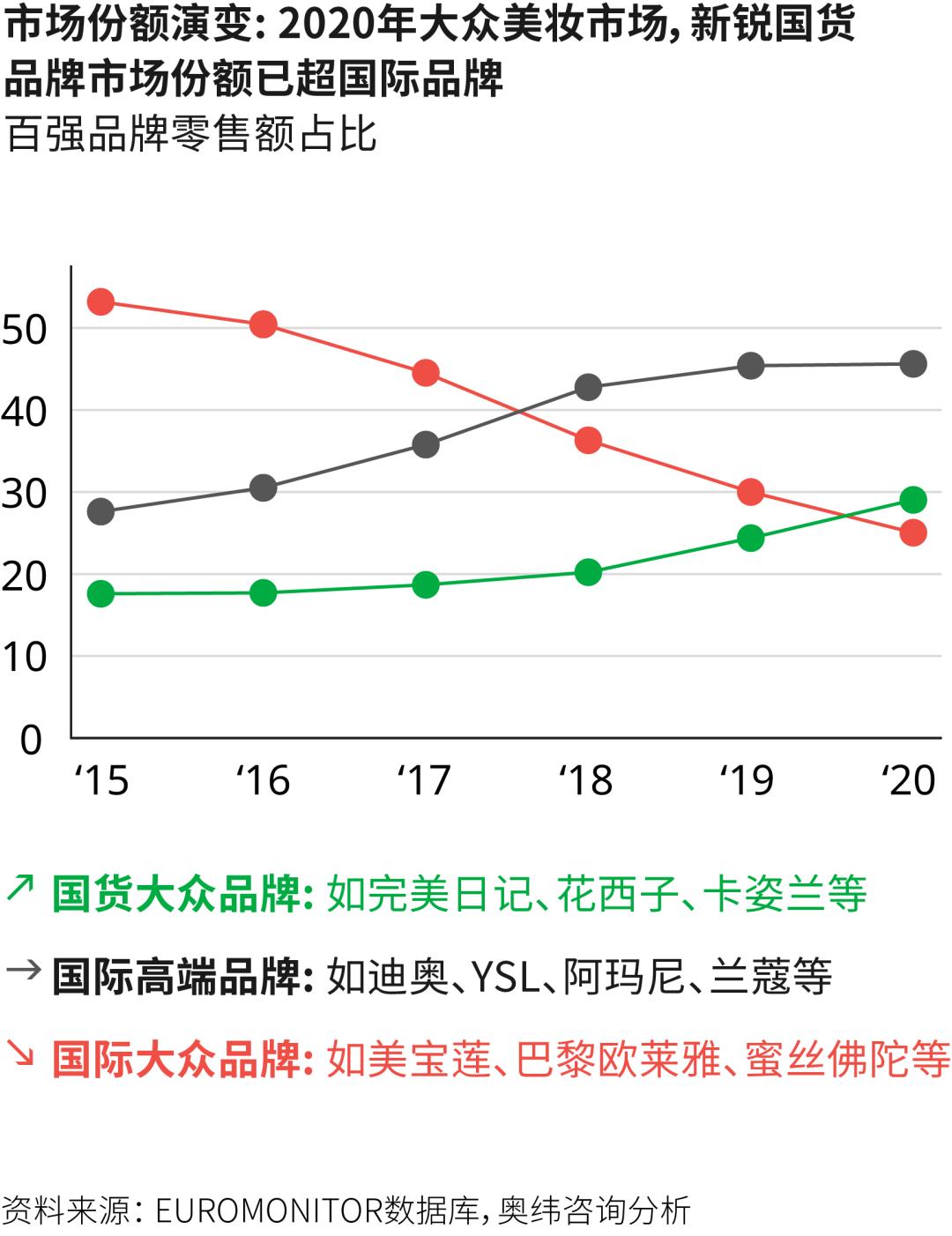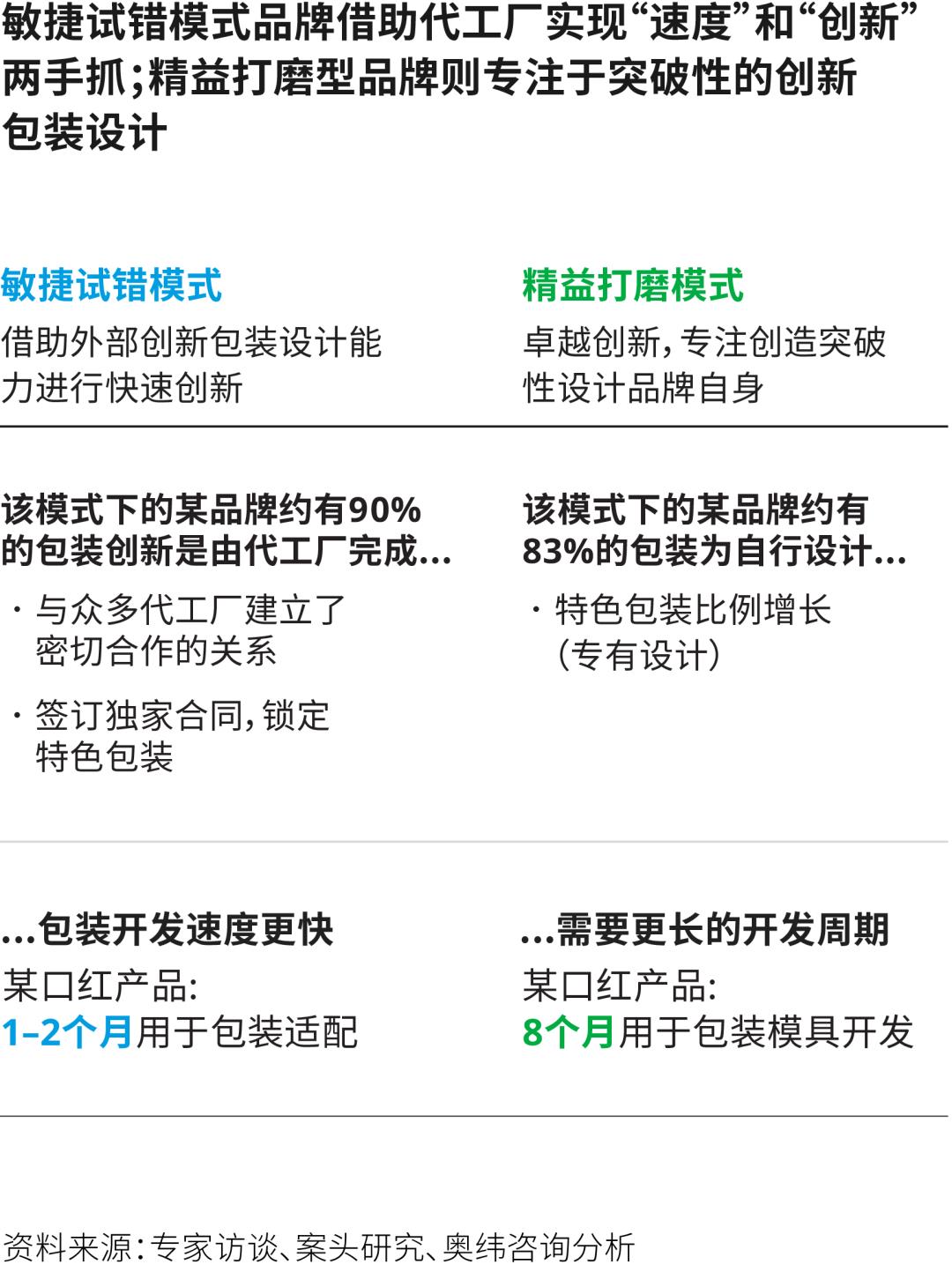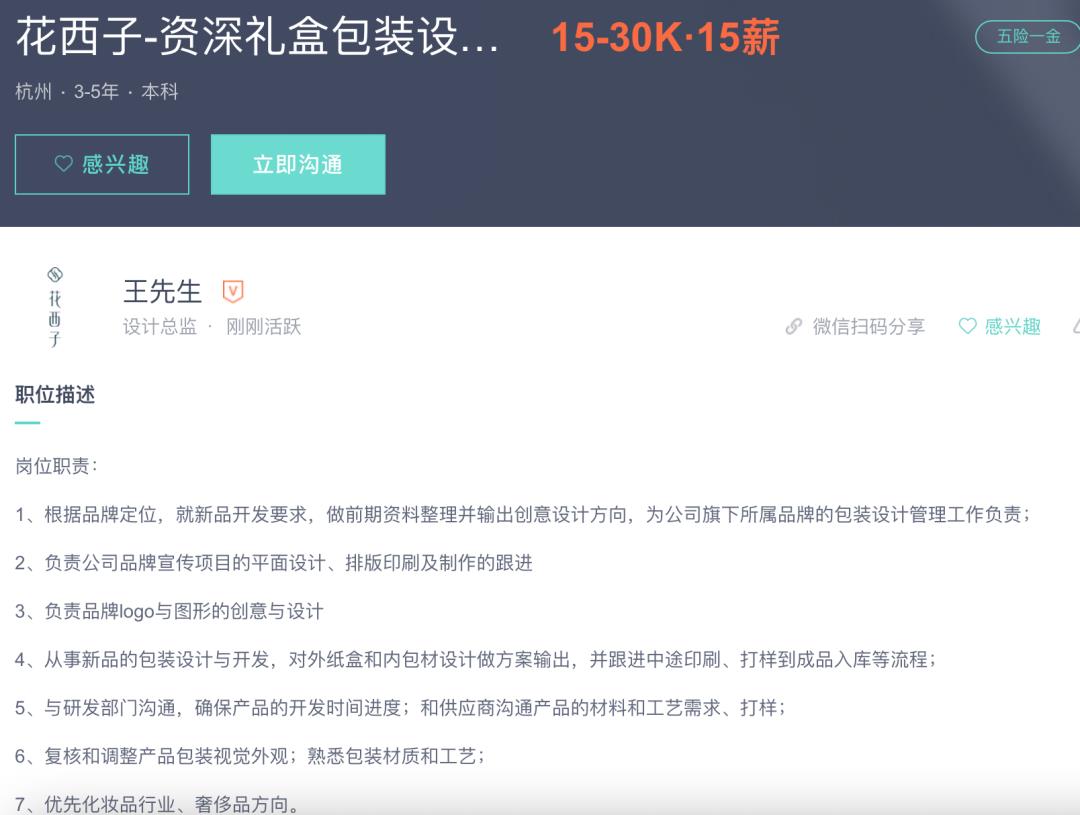Domestic beauty cosmetics: if you want to wear a crown, can you bear its weight?

Image source @ vision china
Wen | Wu Wei, author | Aowei Consulting
For a long time, domestic beauty products, which are popular with cost performance and strong marketing, have been polarized in word of mouth.
Supporters believe that it is not easy to break through the strong blockade of international big names and compete for the first place in the era of social media development; Critics believe that catching up with the free ride in the traffic era, domestic beauty products have enjoyed an early dividend. Once the industry returns to rationality, the ability of players with too smooth fortune in the early stage to bear pressure in the later stage is uncertain.
A positive conclusion is that from 2019 to 2020, the domestic beauty cosmetics have gone through the initial rough times, and the focus of the next stage is that when it comes to products and brands, domestic beauty cosmetics still have the ability to compete with international brands.

Some players have chosen a more radical path, such as the Perfect Diary: SKUs are constantly innovating and making big acquisitions to quickly adapt to this butterfly-changing market and consumers; Some players have also adopted a more secure style of play, and Hua Xizi has worked hard on brand building and product design.
If we look from the downstream of the industry to the upstream, we will find that not only the brands standing in the spotlight, but also the upstream manufacturers are constantly updating iteratively. It can be said that in addition to strong marketing and cost performance, domestic beauty products have precipitated unique value advantages in these years of exploration, so that they are fully catching up with the first-line big names in the whole cycle of products and the whole link of the value chain.
Still the same question, if the potential energy of a certain link involved in marketing and production is strong enough, is the potential energy of this link strong enough to support a game of chess or the reversal of the right to speak? This reversal does not lie in the occasional explosion, but in the long-term ability to produce new products and brand loyalty that always occupies consumers’ minds.
And domestic beauty cosmetics must also face some hidden diseases in the continuous high pressure. A lot of hot money flows into channels and marketing, and how much money is left for products and research and development.If we can’t achieve innovation at the basic science level, the seemingly solid barrier of the brand is likely to be broken by the next big brand.
We take the whole product cycle as the foothold, go deep into every link to disassemble, and try to answer how far the domestic beauty cosmetics have gone on the road to PK with international brands besides being fast.
The public knows the "fast" of domestic beauty cosmetics.
Just as fast fashion broke the shackles of traditional fashion, and then it was surpassed by ultra-fast fashion, the changing and subdivided needs of young consumers put forward higher requirements for brands. On the one hand, they need to constantly introduce new products to stimulate consumers to maintain their freshness and attention to the brand. On the other hand, the younger generation of consumers have regarded high-value design and innovative ability as an important criterion for brand strength.
Therefore, the "quick" posture was an advantage in the early stage of the development of domestic beauty cosmetics, and it has been regarded as a "routine operation" until now.The rapidity in the supply chain is not new, and it can only be regarded as the only barrier to the brand when it involves the whole process of brand connotation, packaging design and manufacturing.
Through expert interviews and industry research, Oliver Wyman found that the research and development cycle (including product creativity, packaging design, formula preparation and test production) of a single new product of international brands is between 15 and 24 months, while similar brands in China generally only need 6 to 9 months. The planning period of big brands is usually in years, but it is very common for China brands to be in months.

However, there are also pattern subdivisions soon. Oliver Wyman Consulting believes that domestic beauty products have been iterated into two categories on the previous basis. An "agile trial and error" model that keeps up with the market trend, citing a large number of external partners to speed up the design, packaging and other processes, and constantly introducing new products to test the market response, may evolve into a representative of platform players; Another "lean polishing" model tries to create a beauty brand with China cultural symbols for consumers, which often has the potential to go out to sea for gold in the later stage.

(Taking two typical brands as examples, Oliver Wyman Consulting found that a brand registered 332 products in 2020 under the agile trial and error mode, of which 42 products were introduced to the market, and 69 products were registered in the same year under the lean polishing mode, of which 12 products met with consumers. )
After all, behind the fast is the competition for the attention of young consumers and the right to speak in the beauty industry.
Observers from all walks of life have studied Generation Z for many years and found that it is difficult to establish brand loyalty of this generation of consumers. Even if you have a preference for a certain brand, it is easy to migrate and jump in the same kind of competing products.They grew up in an era of material abundance and information explosion, and they have instinctive sensitivity to new brands and taste new psychology.
This is essentially different from the concept of beauty consumption of consumers before the age of 25. Their knowledge of beauty basics is almost educated and cultivated by international big brands. Once they form their loyalty and preference for a certain brand, it is difficult to actively migrate, which is similar to the "trust in the brand first, then trust to migrate from the brand to the whole line of products" shown by mature users in the Japanese beauty market.
But the younger generation of consumers are different. They are used to "passive feeding" of demand and do not accept "delayed satisfaction".An exaggeration is that what consumers want today, domestic beauty cosmetics can be given to you tomorrow, but if it is an international brand, the prototype of the product may not be discussed until next year.
No one pays attention to the disputes and tears in the process, and consumers only care about the results of those impacts on the overall strategy and local business adjustment of the group. The noisy volume in the track and the constant production of new domestic beauty products every day make them not know or understand the time required for the brand to develop, produce and build value.
International brands may have lost time, and domestic beauty products have won the opportunity. In the race against time of China’s speed, diligent beauty practitioners spend time again and again to hand over fabulous answers.
They can’t achieve an overwhelming victory, and they don’t need to catch up with all channels. As long as there is a small range of highlights at an activity node, this achievement is enough to publicize for one year.
However, these criticisms do not completely deny the achievements of domestic beauty products. Frankly speaking, the competition on the beauty track is fierce, and the cold start process of the new brand has been quite difficult. Now it has passed the stage from 0 to 1, and it is expected that it will become a forest and a sea, which also forces the industry to continuously improve its quality and level.
Judging from the whole process of the birth of new products, domestic beauty products have ushered in the acceleration and innovation of the whole process and all links, and their blade is not only at the marketing level. There is also fine work.
Let’s talk about it in different modes.
-
In the stage of creative conception and packaging design:
Agile trial-and-error mode beauty has strong resource integration ability and scheduling ability to manage multiple partners. They introduce a wider range of partners, and creative inspiration can be provided by some professional organizations. The packaging design has a mature OEM factory, the supply of raw materials suppliers is stable, and the external marketing is also supported by professional advertising companies. This cross-subject and cross-departmental coordination and integration ability puts high demands on the external management and internal management of the company. They need to have keen and accurate foresight in the judgment of higher dimensions such as strategy, as well as tolerance for trial and error costs and the execution of rapid adjustment after trial and error.
Under the lean grinding mode, some brands can easily detonate word of mouth with advanced design or concept. The representative carved lipstick of a national makeup brand is an example. The core idea originated from an exclusive professor of the Academy of Fine Arts, and the brand often has discussions and cooperation with external art colleges on packaging and materials.

A widely circulated saying in the industry is that the mold opening of this product is the most difficult among domestic brands. At that time, the brand was looking for large and small production lines in China, and it took about 8 months to finalize the manufacturer of lipstick paste to achieve the special appearance effect of the product. The brand side needed to try again and again with the factory in terms of product efficacy and product appearance, so as to find a balance point. It is easy to understand that the cost of molds in the production line is high, and shoes need to be molded and clothes only need to be printed, which is the difference in cost. That’s why you buy concealer air cushions from different companies, and their boxes are all similar, because the initial molds of the production line are the same.

Paying attention to design also means a more professional internal design team rather than relying solely on external creative institutions. According to the open recruitment information of Yige Group to which Hua Xizi belongs, the annual salary of senior gift box packaging designers who have worked for 3-5 years is between 225,000 and 450,000, which is quite different from that of their peers, at least reflecting the brand’s reserve and attention to design talents.

The design of appearance structure and vision, and the consideration of packaging materials are not unique to Hua Xizi. Blank ME, a domestic brand that focuses on base makeup, has all its packaging materials designed from South Korea, and its product price line is almost equal to that of international brands.
-
Formulation development stage:
In addition to core creativity, packaging design and product formula, although most domestic beauty cosmetics will directly use the formula of OEM at present, they are also actively setting up their own raw materials and formula research teams. The common practice is that most foundry employees are relatively familiar with the functions and textures of raw materials, but they are relatively slow to respond to the needs of C-end consumers. At present, it is quite cost-effective for the brand to make minor adjustments directly on the existing formula mode of the foundry.
Indeed, with the continuous maturity and upgrading of China’s manufacturing industry, brands need not be limited to internalizing the whole value chain from concept to production, but can explore external forces to the greatest extent and build a more open-source ecosystem centered on brands. The brand side can further put its energy into the polishing of core competitiveness, such as brand building, cutting-edge scientific and technological exploration, consumer insight and so on.
-
Test phase:
The laboratory testing of domestic brands has adopted more flexible methods, such as keeping only the necessary safety and stability tests, directly using the test results of the foundry, changing some tests from linear to parallel, etc., in order to speed up the testing.
In the stage of consumer testing, compared with international brands that spend 2-3 months at a time, use external research companies, adopt well-designed questionnaires with dozens to hundreds of questions, and conduct comprehensive data analysis, domestic brands hold the idea that "the real consumer testing takes place after the product goes on the market", and think that small-scale consumer testing before the product goes on the market is difficult to ensure objectivity and cannot bring decisive changes to the product. Therefore, domestic brands greatly shorten the testing time to 2-3 weeks, and greatly streamline the granularity of questions and data analysis, just seeking feedback from consumers on core issues.
In order to achieve rapid consumer testing, leading new domestic brands directly recruit consumers through WeChat WeChat official account and other channels to form a "testing resource pool" and invite them on demand. This not only ensures the speed, but also creates a novel way to interact directly with consumers.

-
Production stage:
Similar to the concept held in the testing stage, domestic brands test the market reaction and make timely output adjustments through smaller batches and more batches of production. For example, the first batch of lipstick products produced by a domestic brand only produces 10,000 pieces (positioned as "limited edition"), which can be completed within 1-2 weeks; Gradually increase to 20,000 and 50,000 in the next production batch. The first batch of international brand lipsticks will reach the production order of 100,000-300,000 pieces, and it will take at least one month to produce. In addition, because domestic brands basically use the formula of the foundry, raw material procurement, quality inspection and other links can be as advanced as possible (completed by the foundry in advance), which further speeds up the overall production.
Based on the above links, domestic beauty cosmetics now have the ability of quick attack and meticulous work in all aspects of creative conception, packaging design, formula debugging and manufacturing, which means that they have the confidence to compete with international brands.
But this does not mean that there is no gap between domestic beauty products and big brands in Europe and America.
The problems faced by domestic beauty players are the same. Even if the brand has completely caught up with the creative connotation, product design, external marketing and follow-up logistics, it is still difficult for the brand to have the ability to cross the cycle if it cannot make a breakthrough in basic research and development.
International beauty companies such as L ‘Oreal and Estee Lauder have flourished for a hundred years. Their self-built laboratory has a profound accumulation in the research and development of basic dermatology and has obvious advantages.It involves the innovation of basic raw materials, the sensitivity of human skin, adaptability test, etc., and it does open a position with domestic beauty.
Taking the innovation of raw materials as an example, Bosein of L ‘Oré al, Pitera of SK-II, and Alcohol A of Johnson & Johnson Company (which has been widely used at present) are all unique patents, thus giving birth to explosive products that span the cycle.
Take Pitera as an example. Due to the dispute over the expiration of the patent between 2017 and 2019, in theory, the factory can engrave Pitera according to the composition and production method in the original patent registration document of one of the cost inventors. However, due to the lack of unique strains, the water in the local Lake Biwa in Japan and the uncertain fermentation process, it is not feasible to completely engrave the formula, which is the barrier of SK-II.
The same is true for the key components of Estee Lauder’s small brown bottle, which uses the lysate of the fermentation product of Schizoyeast, which is unique to CLR, a famous German ingredient supplier. It is difficult for domestic factories and laboratories to replicate in a short time.
To some extent, domestic beauty cosmetics are relatively weak in raw materials, formulas and other aspects. Apart from the reasons that local beauty brands started late and have a deep foundation, there are also the influences that today’s beauty brands are involved and the market is changing too fast.Before, local beauty brands were merged, acquired or closed down due to the massive entry of European and American brands. Now, it is hard to follow the trend of social media, and more or less compromise the market, thus falling into the red trap of packaging, concept and marketing.
However, with the continuous maturity of consumers and the elimination and evolution of the market, the industry will eventually return to rationality. This is also why we can see some domestic beauty products and are more willing to polish the products in a down-to-earth manner.
Paiqueling began to cooperate with the University of Berlin in Germany, and went to the United States to attack Japan to develop new products. Huanya and dermatologists studied technology in Australia, and the perfect diary was established as "Open Lab". When the market capacity is large enough and the entrants are expected to share a piece of the action, if the capital reserve, talent team, product design and brand ideas are in place, enterprises will also adjust their ideas, and their willingness to invest in technology research and development and production equipment will also rise, and the focus of the whole industry participants will also shift to products.
This is also the victory of China OEM/ODM OEM mode. In a broader dimension, the rise of domestic beauty cosmetics means an all-round upgrade of China’s manufacturing, which is an important signal for domestic beauty cosmetics to start brand building and cultural self-confidence, and also a powerful proof for them to sail out to sea and go global.